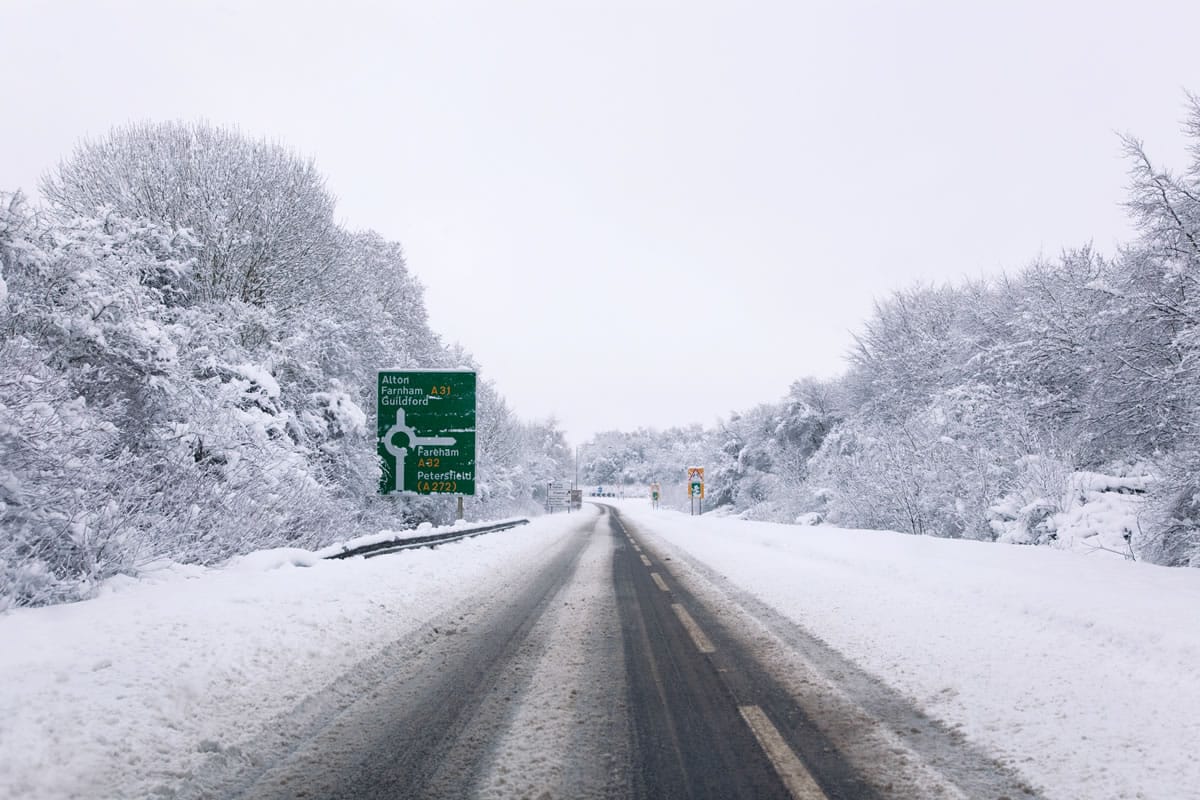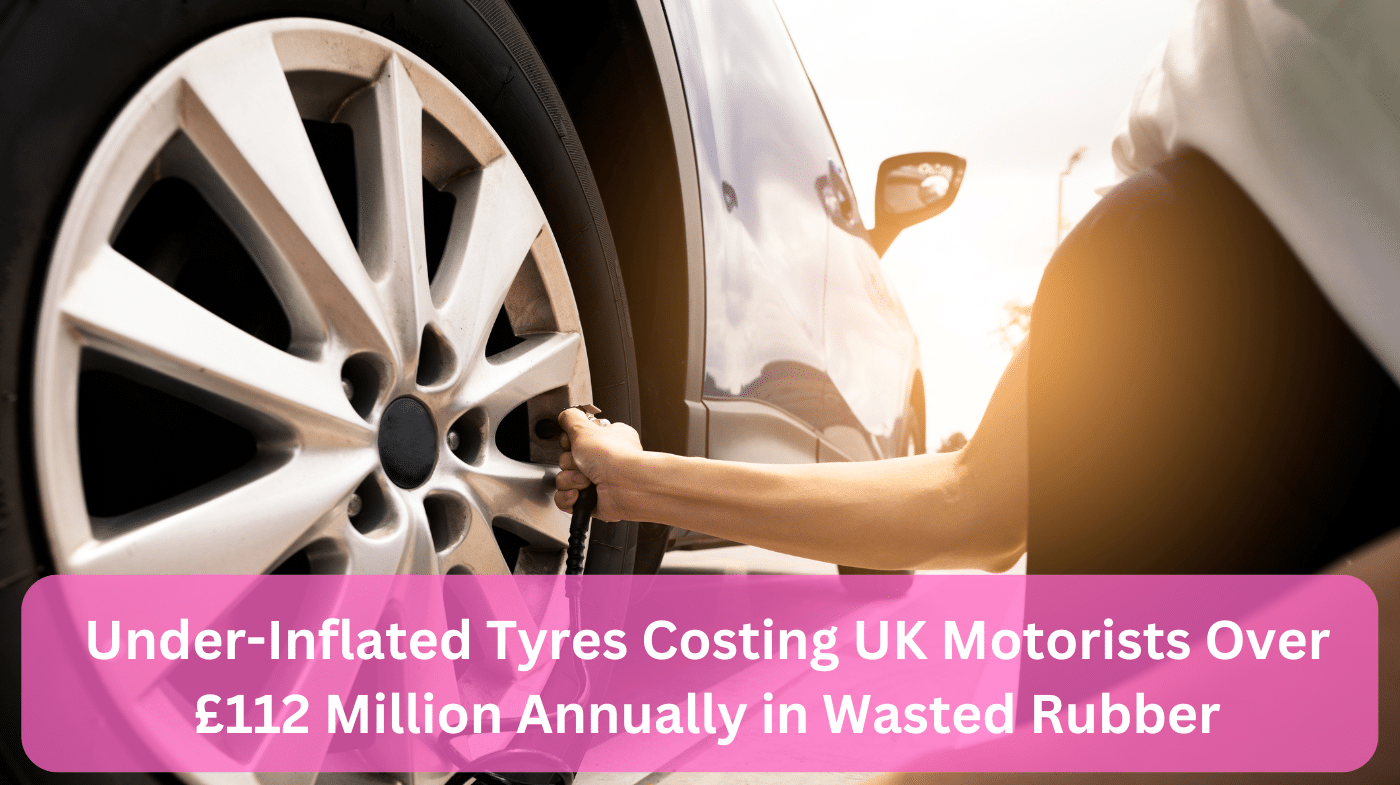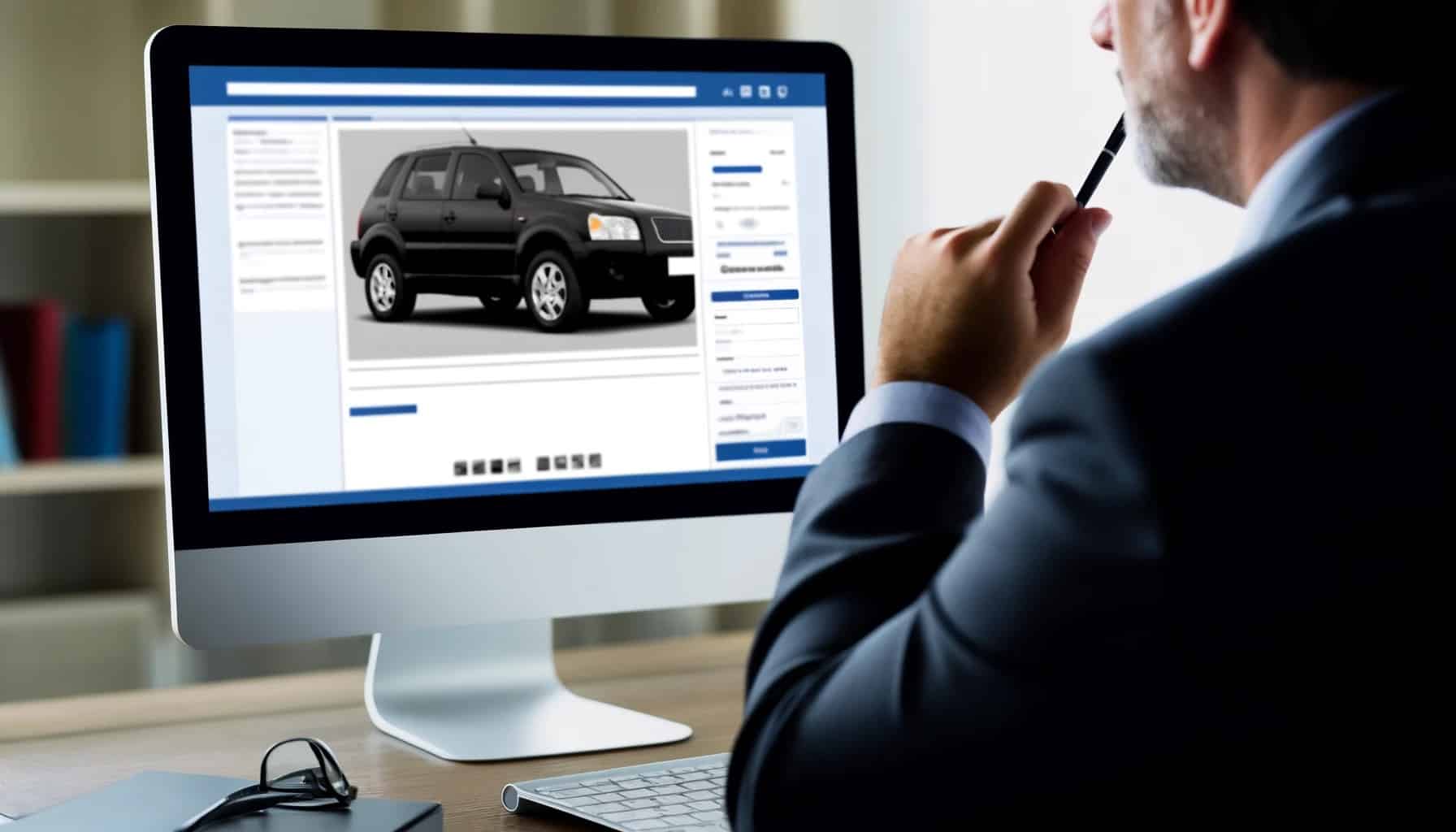Driving in wintry weather such as ice and snow can be very hazardous for even the most experienced driver. Even though we may not have much snow in Essex – even this time of year – it’s always good to be prepared. If you live in an area that typically experiences snow in the winter months, you need to be aware of the extra precautions to take to drive in these conditions. (Taking a step back, it’s also important when looking to buy a car that it is suitable for your needs and the conditions you drive in.)
The following tips can help you prepare and navigate for these conditions to help ensure your road safety at all times.
Only go out if you have to
The first point – which might seem obvious – is to only leave the house if you really have to and avoid driving in hazardous weather if you can. If the road is very slippery with ice, or there is very low visibility, you shouldn’t drive at all unless absolutely essential. Where you can, stay at home or – if caught by surprise – stop at the first safe place if the weather deteriorates.
Be prepared!
If you do have to leave the house in icy/ snowy conditions, ensure you check your car first and make sure it’s ready for the winter weather! Check your tyres to make sure you have enough tread to push through the ice and snow, enough tread is especially important in winter conditions. Check your windscreen wipers – make sure any auto wiper control is switched off before turning the ignition on as this could blow the wiper control fuse if they are frozen to the screen. Your wipers need to be in good working order so you’re able to clean your windscreen effectively to maintain visibility. Make Sure your screenwash has antifreeze to at least -35 to ensure the water doesn’t freeze. Plan your journey and route in advance, consider areas where you could be more exposed to the elements or where there could be flooding. Keep up to date with local weather and travel to ensure you don’t get caught out.
Drive smoothly
The main principle is to drive smoothly and slowly. Drive at a reduced speed and only travel at a speed where you can stop within your current visibility. Avoid any harsh braking, acceleration, sharp steering or jerky movements – these movements can be extremely hazardous. Slow all the way down for turns and allow double (or more!) stopping distance. You need extra concentration for driving in these conditions so don’t allow any distractions.
Have a winter car emergency kit
In case of a breakdown, it’s always good to have a survival kit when winter weather blows in. Here’s a checklist of the items we recommend you should always keep in your car over winter: Ice scraper and de-icer, torch and spare batteries, in-car power charger or power bank, sat-nav and printed route of your journey – even a road atlas for when the signal fails! Also, a first aid kit (which we would recommend all cars have anyway) and an empty fuel can. If you get stuck in snow or traffic delays it’s handy to have a flask of hot drink and snacks to keep you warm and keep energy levels up, warm clothes and waterproofs are essential if you break down, sturdy footwear and a hi-vis jacket if you have to leave the car, jump leads – a flat battery is more likely in wintertime – and a shovel in case you need to dig your wheels out.
Thinking of selling your car? With decades of experience as car buyers, our friendly team will ensure you get the attention you deserve. If your car meets our buying criteria, we’ll come to you for a zero-fee vehicle valuation (in most weathers). Get in touch with our experts today!






